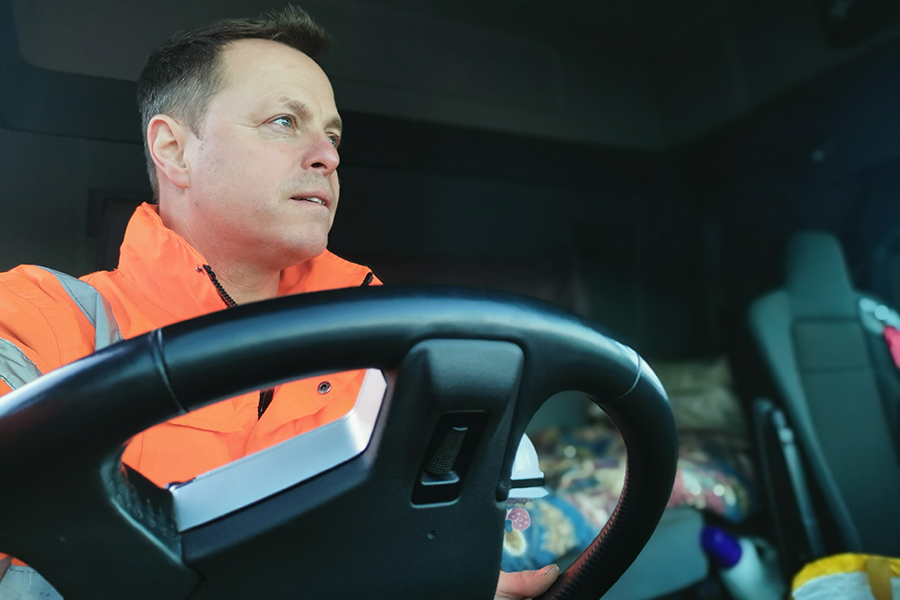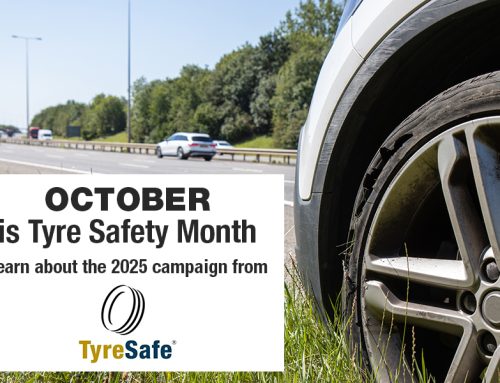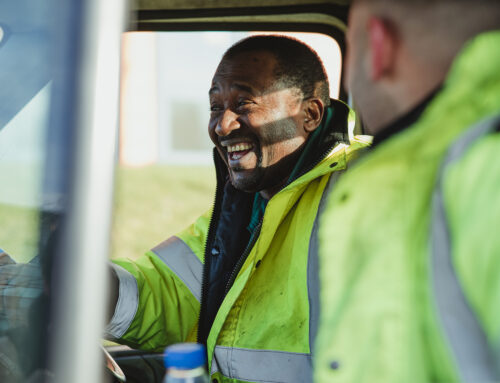How to risk assess your drivers
Risk profiling is commonly used in some industries to help employers’ choose candidates. Could this help us to choose safer drivers?
Risk profiling is sometimes used in recruitment to help employers match the person’s appetite to risk to the job in question, and therefore, gain a safer workforce. However, there are problems with a generic approach to risk. After all, someone who has seen active service in a prior military career is likely to have a different attitude to, or definition of, risk than a civilian who likes to crochet.
However, that doesn’t mean one or the other would actually be preferable for many jobs.
Luckily, we can risk profile drivers. There are many organisations and technologies which can facilitate this, but usually it is carried out for existing, employed drivers.
Would there be a benefit to risk profiling drivers in advance?
- If driving is an adjunct to the professional role, then fleets could ask that any candidate who progresses to the final stage of a recruitment process undertakes a driving assessment.
- Vocational drivers will not be surprised to be assessed by a driver-assessor as part of their interview process.
It is worth considering though: how would road risk change if we all knew that any job which involved driving for work would require a driving assessment before we were hired?
That would account for approximately 20 million licence-holding employees in the UK, who use either their own or a company vehicle in the course of their job.
How does risk profiling drivers work?
Risk profiling drivers can take many forms.
Some companies choose to bring all of their data together into a single platform or management tool. This might include things such as:
- licence qualification
- any licence points, speeding citations, or endorsements
- telematics scores
- compliance and competence with pre-use checks
- driver history including claims and violations
- the results of any in-person driving assessment
- psychometric testing
- the results of e-learning tests, training or assessments such as hazard perception tests
- behavioural interviews
Although it is not essential to have all of this collated into one platform, it does save time and makes it easier for managers to have a holistic view of a driver’s overall risk profile.
There are also online assessments available which can determine attitudes to risk.
This data can be used, says Nick Butler, director, Drivetech, “to develop a risk profile for individual drivers, identifying those more likely to have accidents or incidents. The business can then develop targeted driver training programs, assign higher-risk drivers to lower-risk vehicles or routes, and develop management strategies to reduce the overall risks associated with the fleet.”






